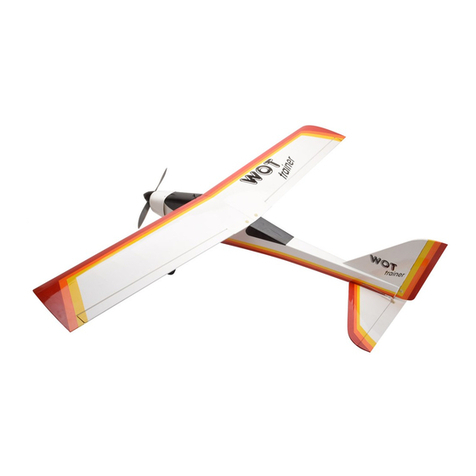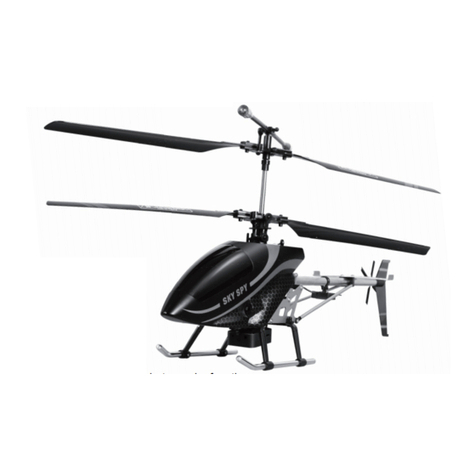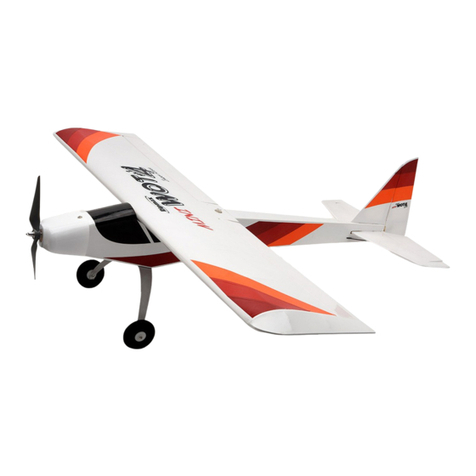Ripmax Hellcat Slim User manual
Other Ripmax Toy manuals

Ripmax
Ripmax Wots Wot FOAM-E User manual

Ripmax
Ripmax WOT trainer User manual
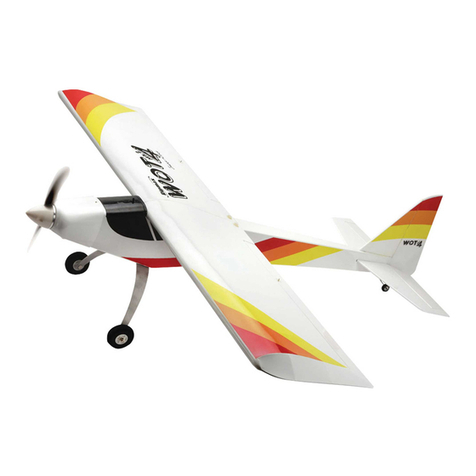
Ripmax
Ripmax Wot4 EP/GP User manual

Ripmax
Ripmax WOT4-E User manual

Ripmax
Ripmax EF - 2000 TYPHOON Owner's manual
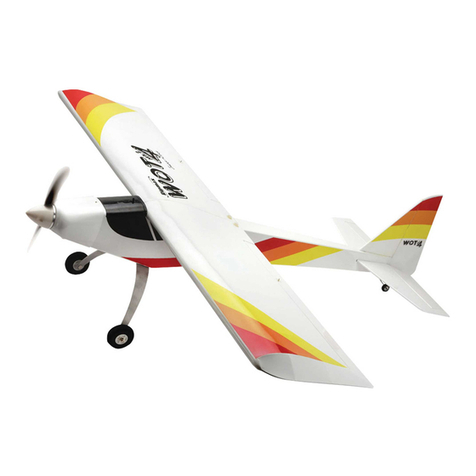
Ripmax
Ripmax Acro Wot mk2 User manual

Ripmax
Ripmax J!VE Fun Fly User manual
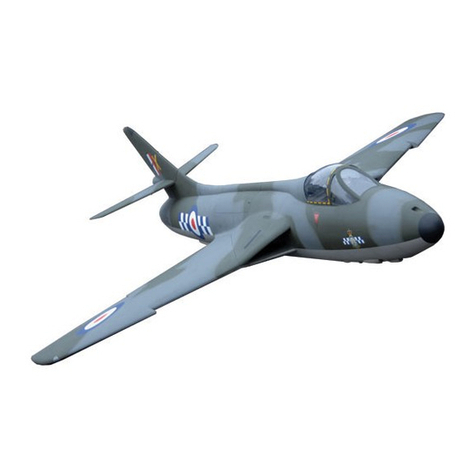
Ripmax
Ripmax Hawker Hunter User manual
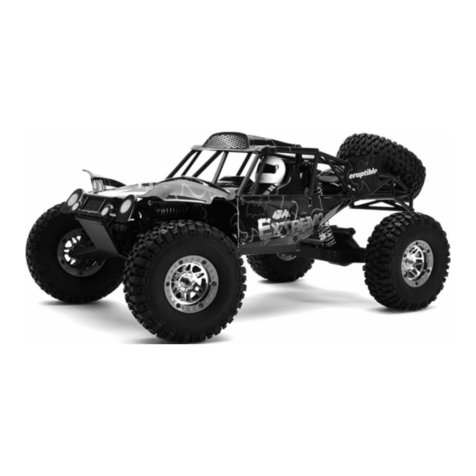
Ripmax
Ripmax Polar Violence Cross-Country User manual
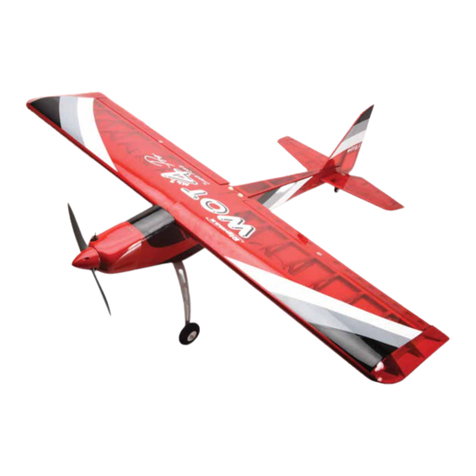
Ripmax
Ripmax WOT 4 Pro Mk2 User manual

Ripmax
Ripmax Trainer 40 User manual
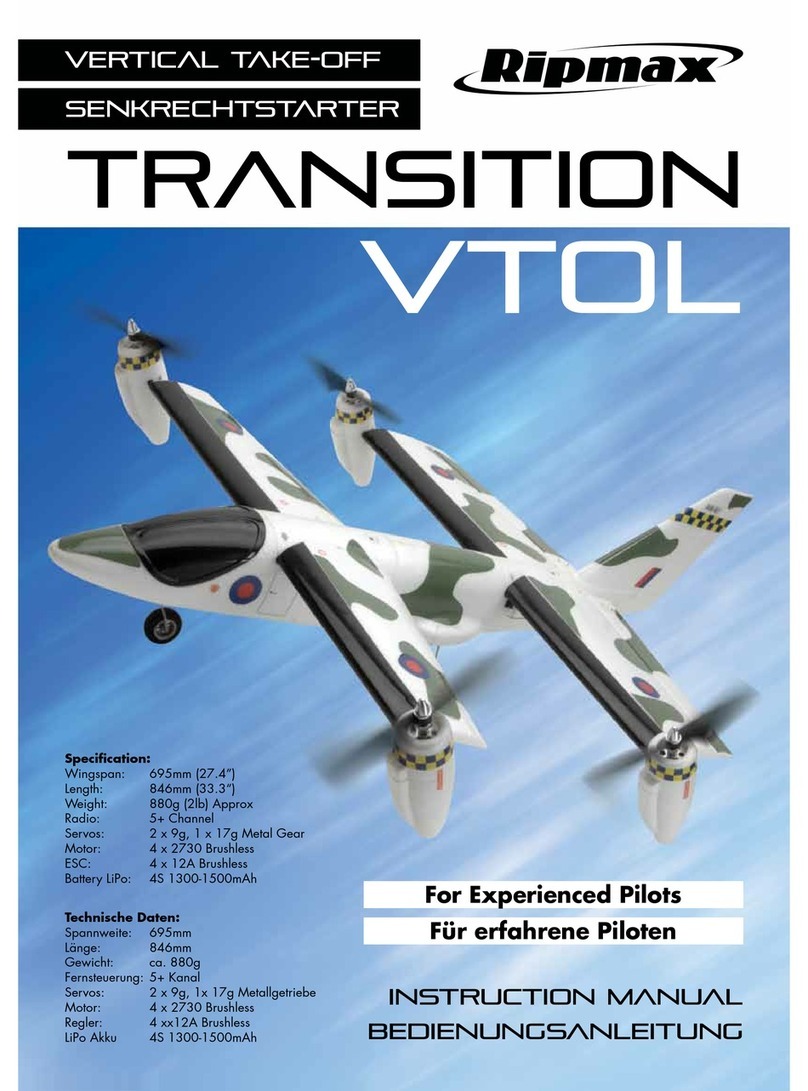
Ripmax
Ripmax Transition Vtol User manual
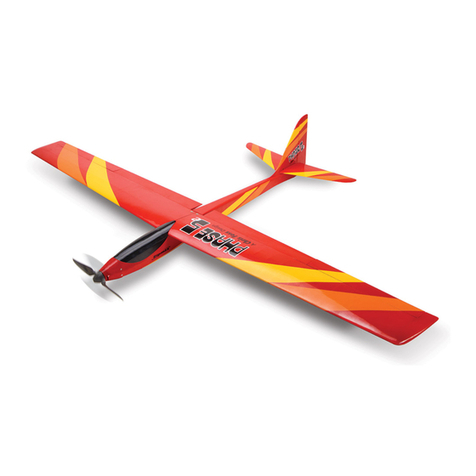
Ripmax
Ripmax Phase 5 E User manual
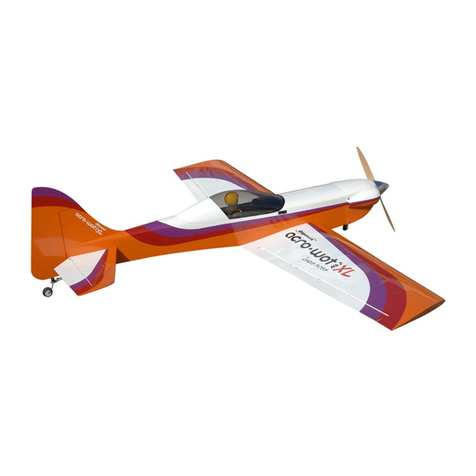
Ripmax
Ripmax Acro Wot MK2 XL User manual
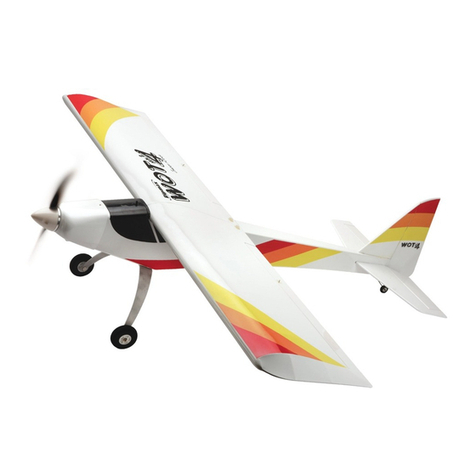
Ripmax
Ripmax WOT 4 FOAM-E User manual
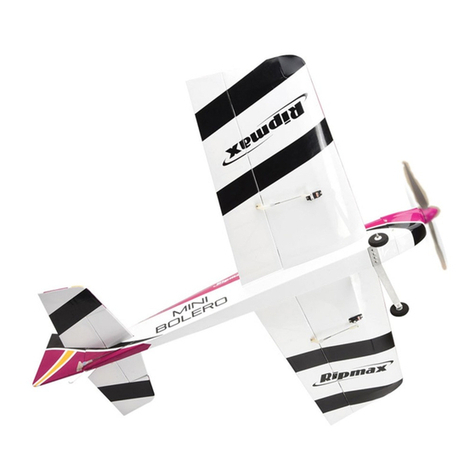
Ripmax
Ripmax MINI BOLERO User manual

Ripmax
Ripmax WOT4-E User manual

Ripmax
Ripmax Super X-Blaze RTR User manual
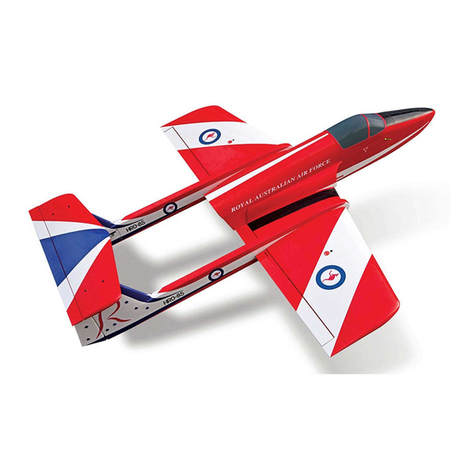
Ripmax
Ripmax NANO Boomerang User manual
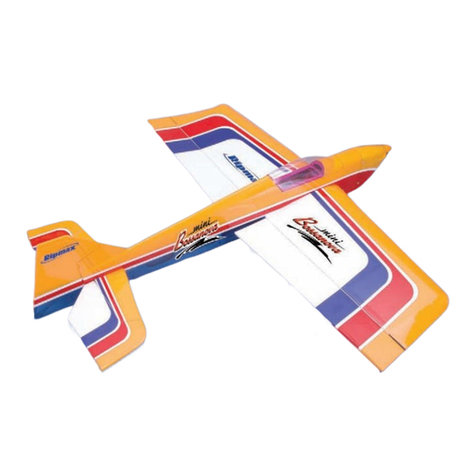
Ripmax
Ripmax mini Bossanova User manual
Popular Toy manuals by other brands

FUTABA
FUTABA GY470 instruction manual

LEGO
LEGO 41116 manual

Fisher-Price
Fisher-Price ColorMe Flowerz Bouquet Maker P9692 instruction sheet

Little Tikes
Little Tikes LITTLE HANDIWORKER 0920 Assembly instructions

Eduard
Eduard EF-2000 Two-seater exterior Assembly instructions

USA Trains
USA Trains EXTENDED VISION CABOOSE instructions
